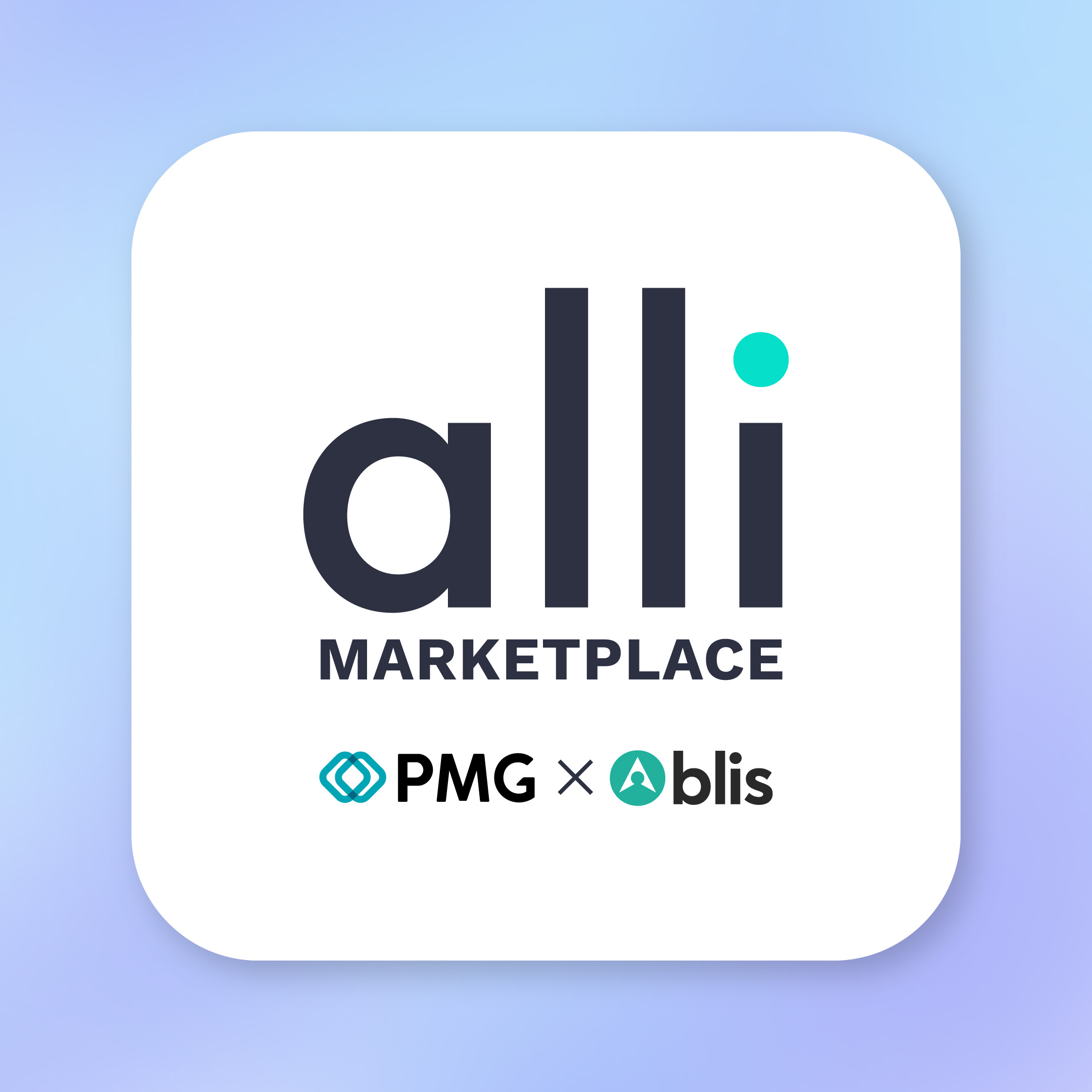A single, giant billboard designed with mass audiences in mind is no longer enough to turn heads or lift sales. Today, individuals crave more personal communication from brands, preferring unique and customized ads on their personal devices to any form of mass communication. In fact, personalization is more than just a preference for most consumers: 54% have come to expect it, believing brand communications should be “tailored to their values and preferences.”
And with the power to boost conversions by more than 27%, personalization is good for marketers, too. So it’s no wonder many are putting it at the forefront of their strategies. But in order to get it right, marketers need to pay attention to where consumers go—from ad creation to delivery.
Customized Creatives
What’s the best way to get to know your customer on a personal level? Spend the day with them—and find out how (and where) they spend their time.
Historical location data can help advertisers get a good idea of who their customers really are. They can identify, for instance, a sporty young woman by seeing her history of visits to the health food store, gym, yoga studio, and local juice bar.
Insights derived from location data can empower advertisers to craft ads that are tailor-made for the individual. A juice brand, for example, may feature someone doing yoga in a short video ad to appeal to their active, yoga-going clientele.
Personalized Delivery
Once location data has enabled advertisers to understand their ideal audience and craft the perfect message, how can they use it to deliver an ad at just the right moment?
By looking at where consumers are, where they’ve been and where they’re going, brands will be able to deliver ads at the time and place that makes the most sense for the consumer.
Avertisers should consider using real-time location data to send ads to individual based on their proximity to a specific location. For example, a grocery store may deliver an ad to the health-conscious yogi when she walks within 50 meters of a store location. Using a custom-made creative, the brand can invite the potential customer to check out a new sale on fresh, organic produce.
But real-time location data isn’t the only kind of data that can help advertisers deliver personalized message at the most opportune moment. They can also collect and analyze historical data to reach out when a consumer is most likely to convert. Blis Futures, for instance, uses AI-powered location technology to target consumers at the time and place most likely to bring consumers in store.
Tune in next week to check out our next blog post all about how to increase ROI and in-store sales.



